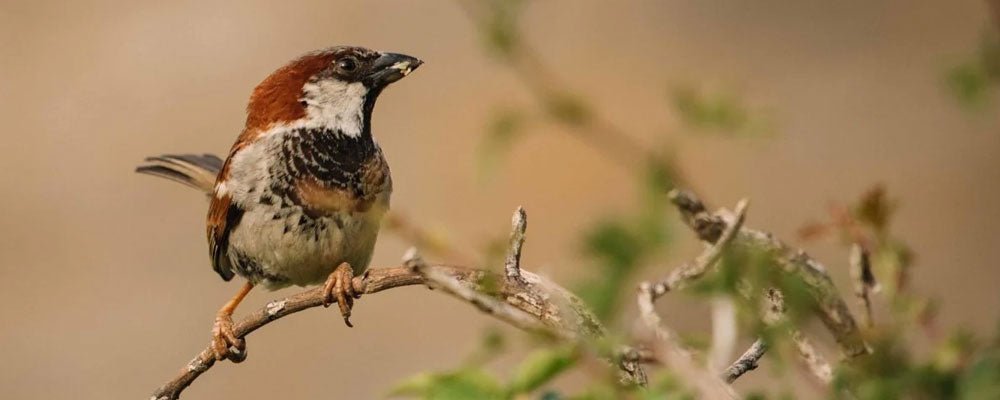
Finches - A Guide to Finches
Finches feed mainly on seeds but, by adopting different feeding strategies, they can exploit a variety of food sources without competing with each other: Goldfinches, for example, eat small seeds whereas the hawfinch can crack very tough seeds as with its strong stout bill.
Chaffinch Birds (fringilla coelebs)
The behaviour of chaffinches changes significantly during the year. These birds can be seen birds in groups during the winter, but at the onset of spring and the breeding season, cock become very territorial, driving away any rivals. While resident chaffinches remain in gardens through the year, mainly feeding on the lawn, large groups of migrants seek refuge from harsh winter weather in farmland areas, associating in large flocks.
Chaffinches usually prefer to feed on the ground, hopping and walking along in search of seeds. They seek invertebrates almost exclusively for rearing their chicks.
How to identify chaffinches and what do they look like?
Cock in summer plumage has a black band above the bill, with grey over the head and neck. Cheeks and underparts pinkish. The back is brown, and there are two distinctive white wing bars. Cocks less brightly coloured in winter. Hens have dull grey cheek patches and dark greyish-green upperparts, while their underparts are buff to greyish-white.
Goldfinch Birds (carduelis carduelis)
The long, narrow bill of the goldfinch enables it to prise kernels from seeds. These birds often congregate in winter to feed on stands of thistle heads and teasel in wild corners of the garden. Alder cones are also a favoured food at this time, and they will also take peanuts and seed from bird tables.
Goldfinches are very agile, able to cling on to narrow stems when feeding. They are social by nature, usually mixing in small flocks in areas where food is plentiful, although they are shy when feeding on the ground. They have a relatively loud, attractive, twittering song. Pairs usually prefer to build their nest in a tree fork rather than hiding it in a hedge.
How to identify Goldfinches and what do they look like?
Bright red face with black lores and black area across the top of the crown that broadens to a collar on the neck. White extends around the throat, and a brown necklace separates the white on the throat from the paler underparts. Brown back and flanks, underparts otherwise white. The bill is narrow and pointed. Wings are black with white spotting and yellow barring. Tail is black with white markings. Hens display duller coloration with yellow less apparent.
Greenfinches Birds (carduelis chloris)
Greenfinches have quite stout bills that enable them to crack open tough seed casings to reach the edible kernels inside. These birds are most likely to be seen in gardens where there are trees and bushes to provide nesting cover.
In winter, European greenfinches visit bird tables, readily taking seeds and peanuts as well as foraging in gardens. Groups of these birds are also sighted in more open areas of countryside, such as farmland, searching for weed seeds and grains that may have been dropped during harvesting.
However, as farming has become more intensive in recent decades, so these birds have gradually moved to urban areas to seek food. They begin breeding in April, usually choosing evergreens as nest sites. Pairs will often nest two or three times in succession during summer, and when there are chicks in the nest the birds consume invertebrates in much larger quantities.
How to identify greenfinches and what do they look like?
Cock bird has a greenish head, with greyer areas on the sides of the face and wings. Yellowish-green breast, with yellow also evident on the flight feathers. Relatively large, conical bill suitable for cracking seeds. The young birds are also dull, with dark streaking on the upperparts and a little yellow on the wings.
Bullfinch Birds (oyrrhula pyrrhula)
These birds are unmistakable thanks to their stocky appearance and the bright pink coloration of the males. They are often seen in gardens but may also be encountered in woodland.
Bullfinches are regarded as a potential pest by fruit farmers since they eat buds in the early spring. The seeds of trees such as ash and beech form part of their diet in winter, and they also benefit farmers by eating a range of invertebrates, particularly when rearing their young.
Breeding starts from mid-April onward, with a pair constructing their nest using twigs and a softer lining. The hen sits alone, with incubation lasting 14 days, after which both adults feed their growing brood. The chicks fledge at about two and a half weeks old.
How to identify bullfinches and what do they look like?
Bullfinches have a black face and top to the head, with deep rosy-pink underparts, lighter around the vent. Grey back, black wings and tail with a white area on the rump. The bill, legs and feet are all black. The young birds lack the black cap seen in hens, and show brownish coloration on their wing coverts.
Hawfinch Birds (coccothraustes coccothraustes)
With their stocky, powerful bills, hawfinches hard kernels of similar are able to crack fruits and feed on the open cherry stones and the seeds within. They usually feed off the ground, and may sometimes descend to pick up fallen fruits.
These finches are most likely to be observed in small flocks over the winter, with populations breeding in northerly areas moving southward. It is at this time, particularly in harsh weather, that they are most likely to appear in rural gardens, searching for seeds and berries.
In spring, they eat buds and also feed on invertebrates, with their stout bills enabling them to prey on even hard-bodied beetles without difficulty. In spring they form pairs, with the cock bird harrying the female for a period beforehand. She will then start to build the nest, which can be located in the fork of a tree above the ground. The incubation period lasts approximately 12 days, and the young leave the nest after a similar interval.
How to identify hawfinches and what do they look like?
Adult males in breeding plumage has a black area around the bill and eyes, with a brown crown and grey around the neck. Whitish area on the wings and black flight feathers. Underparts brownish. Bill is black, but paler outside the breeding season, as is the head. Young birds have distinct streaking on their underparts.
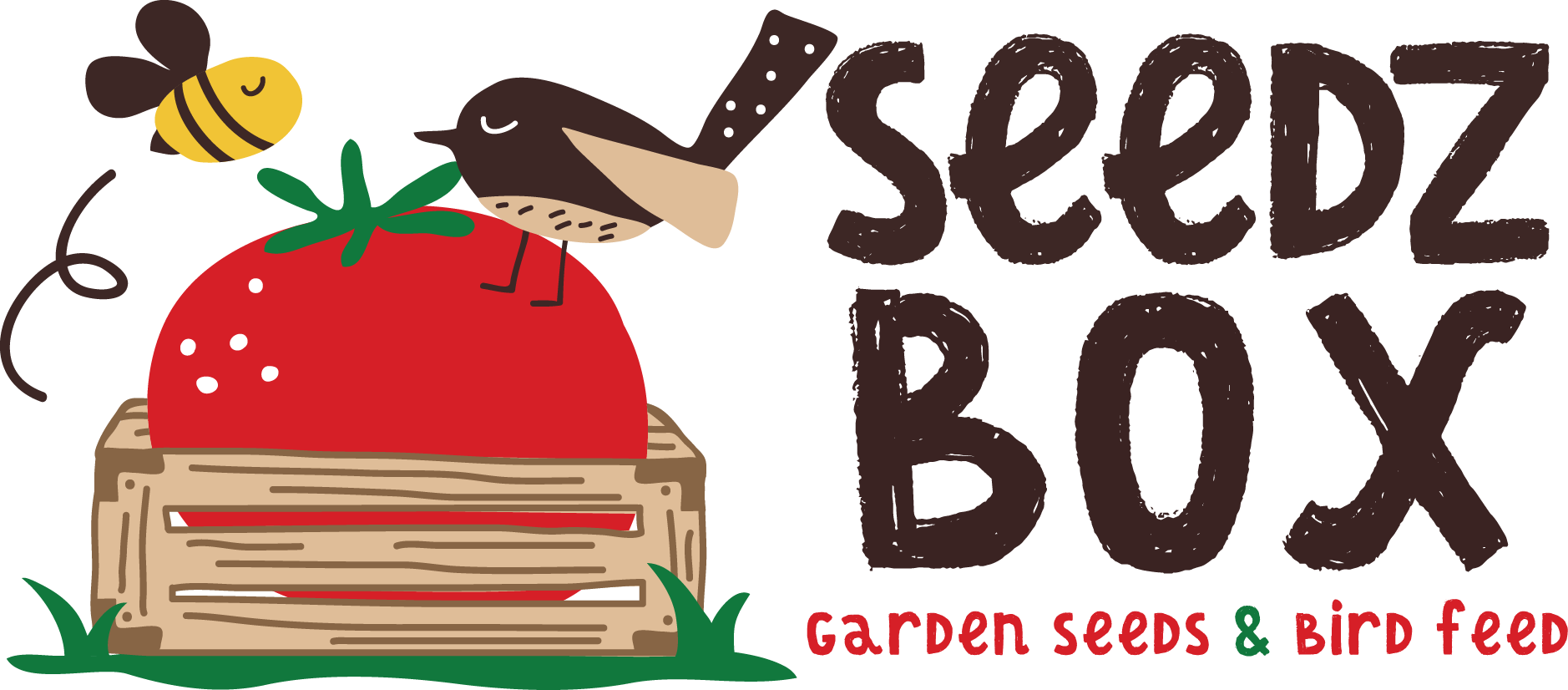
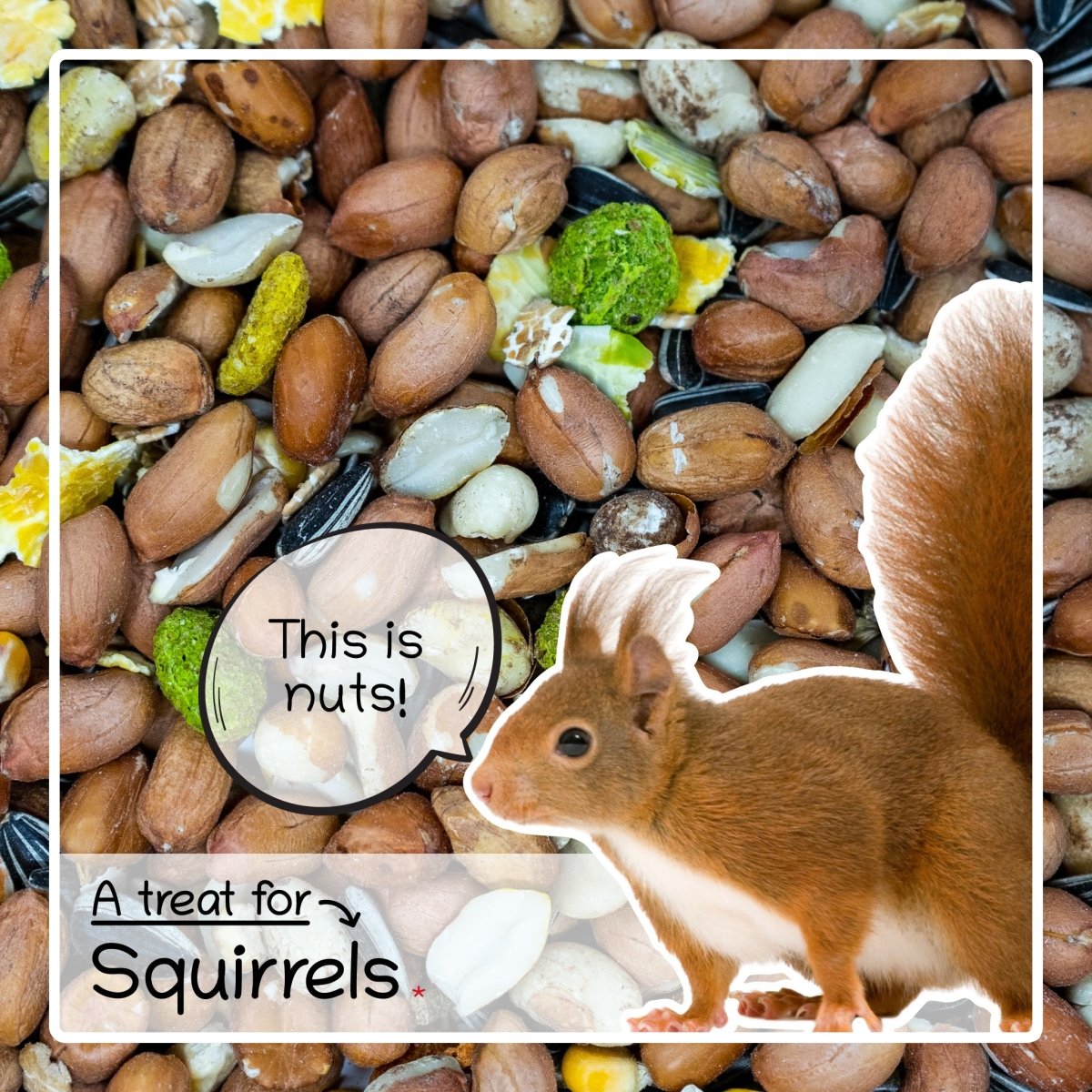
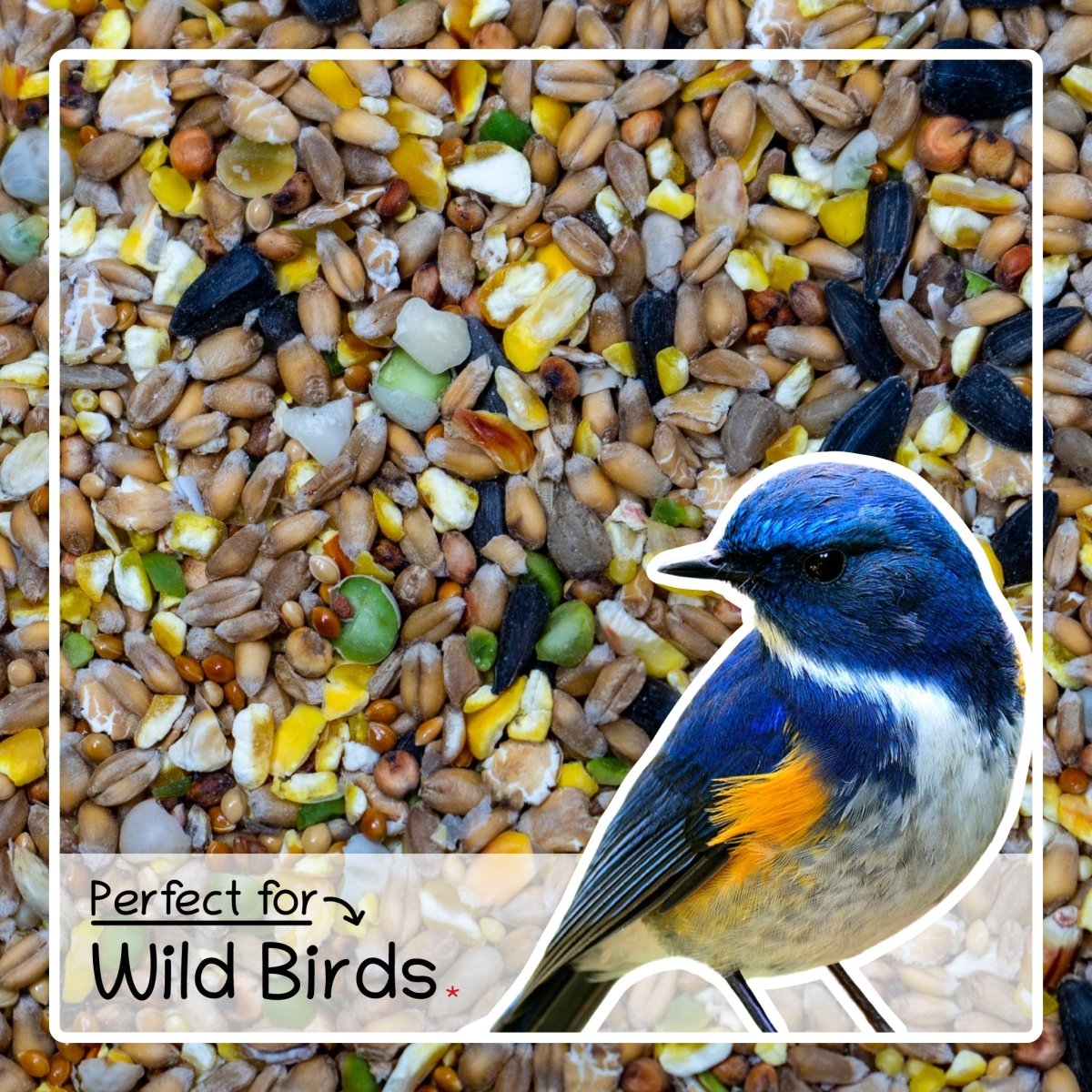
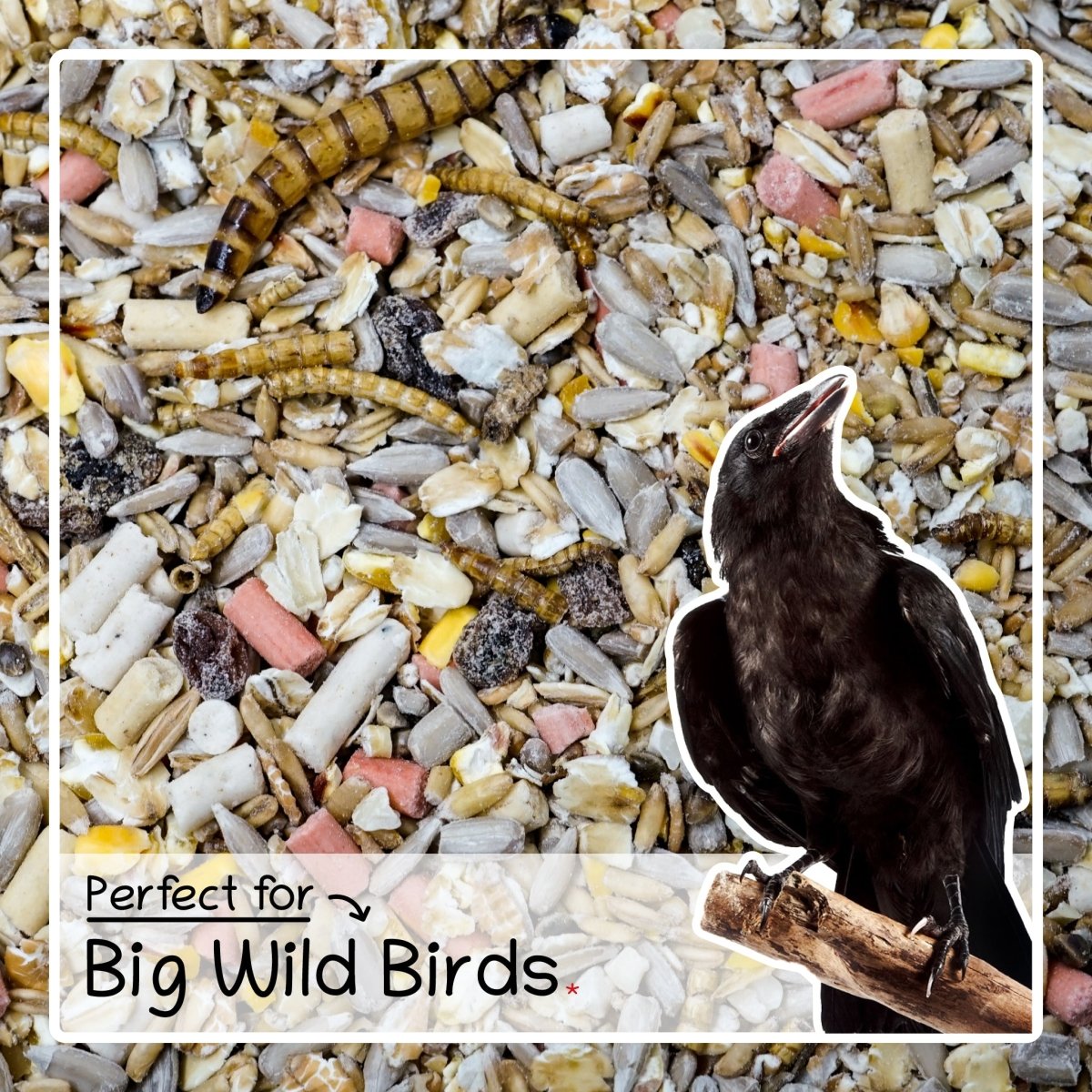
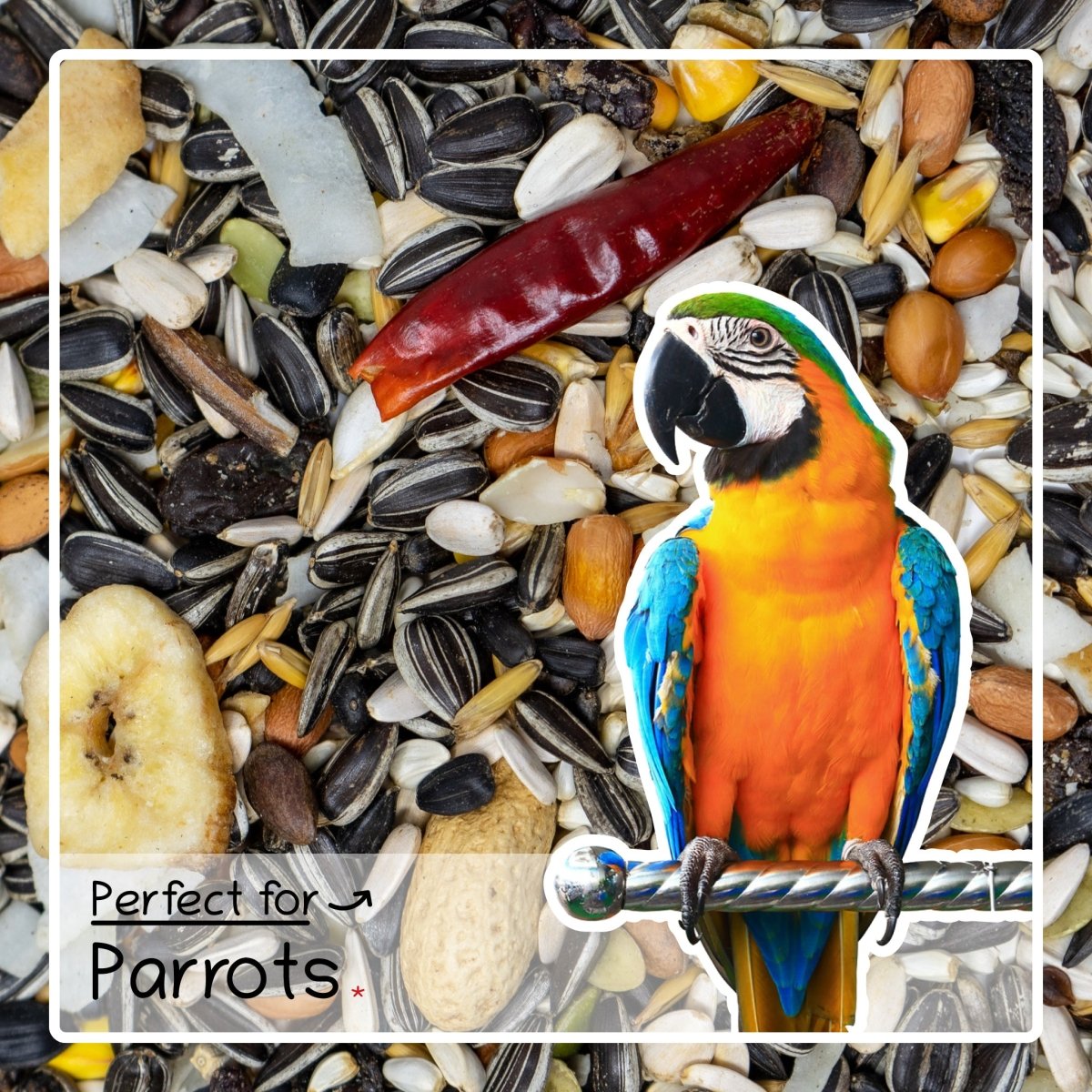
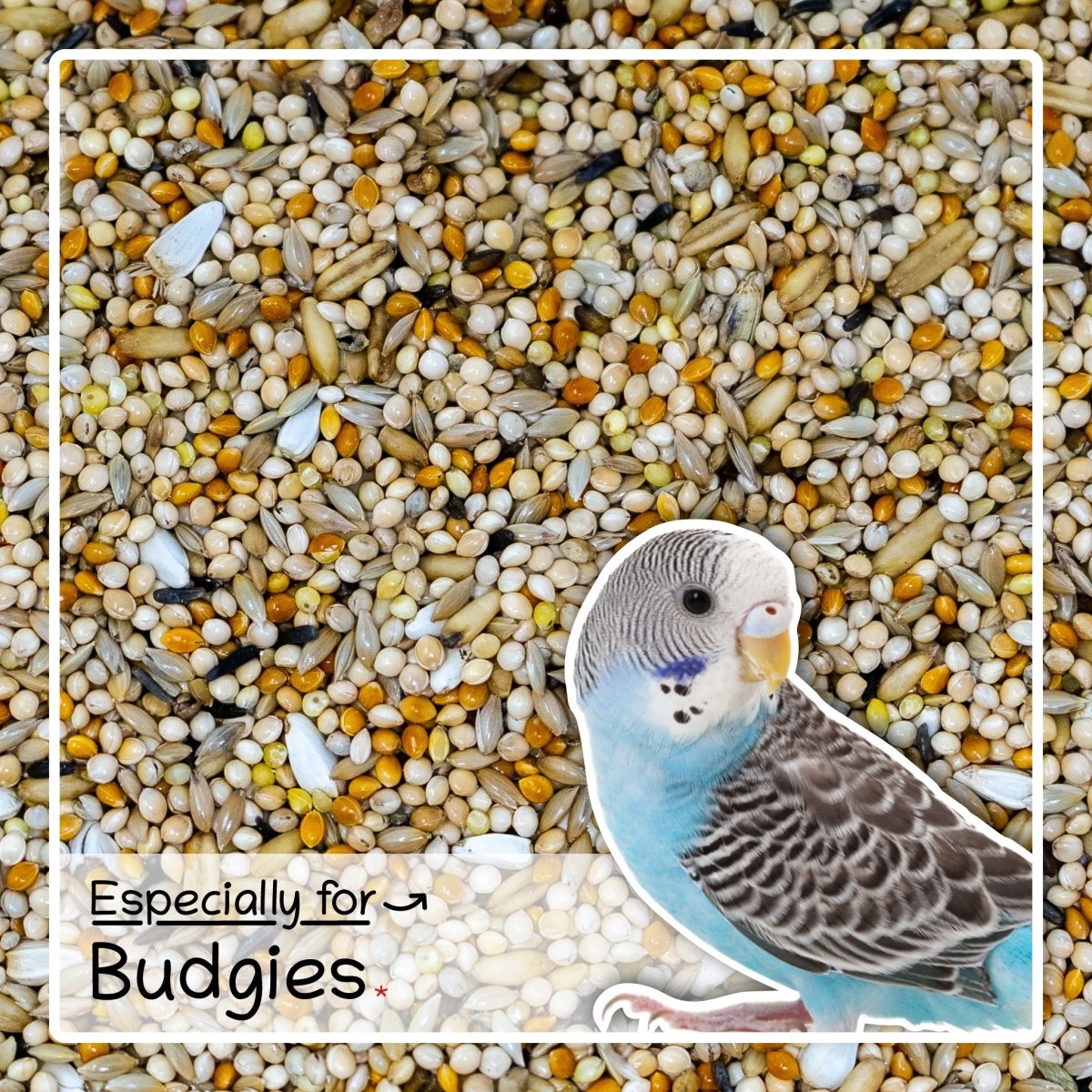
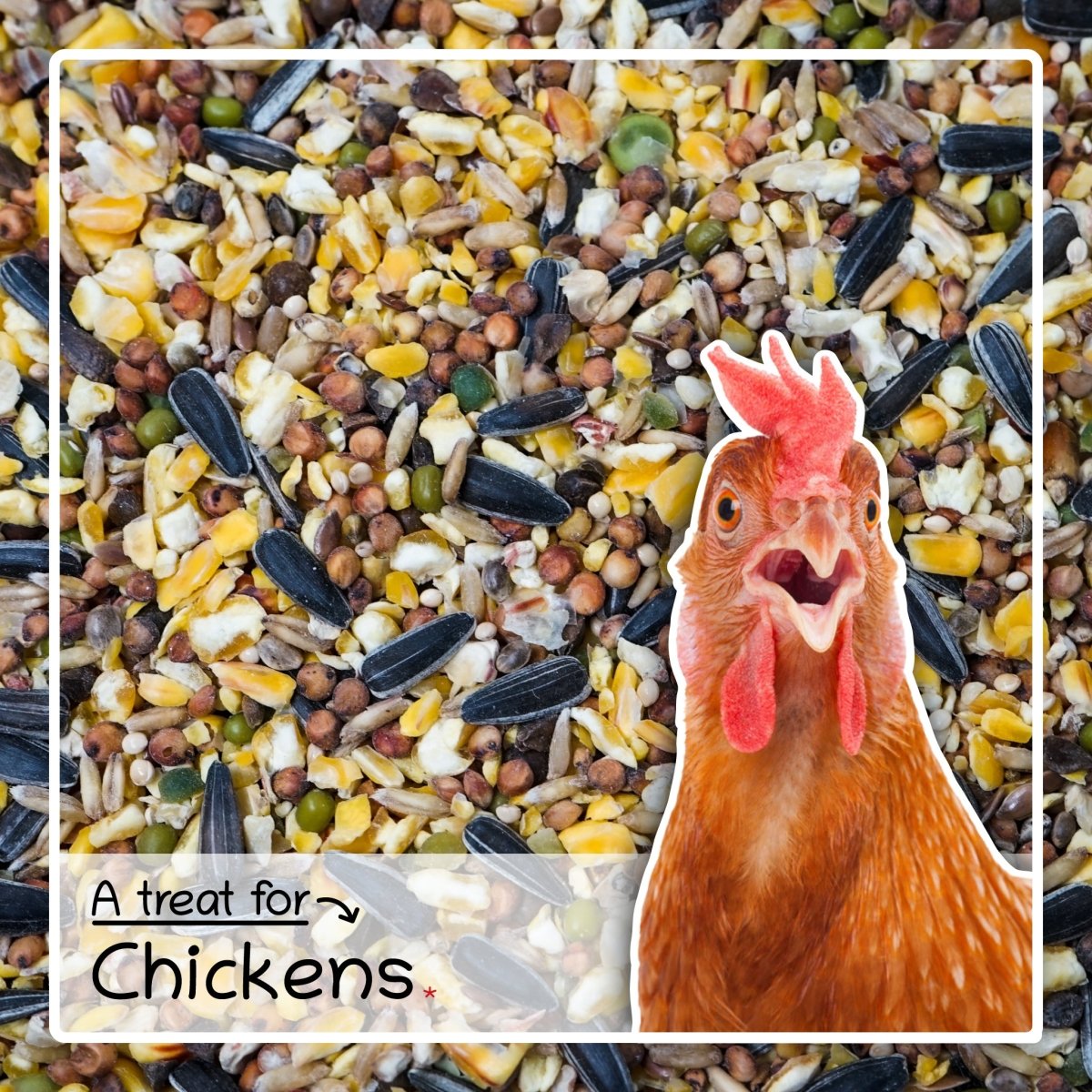
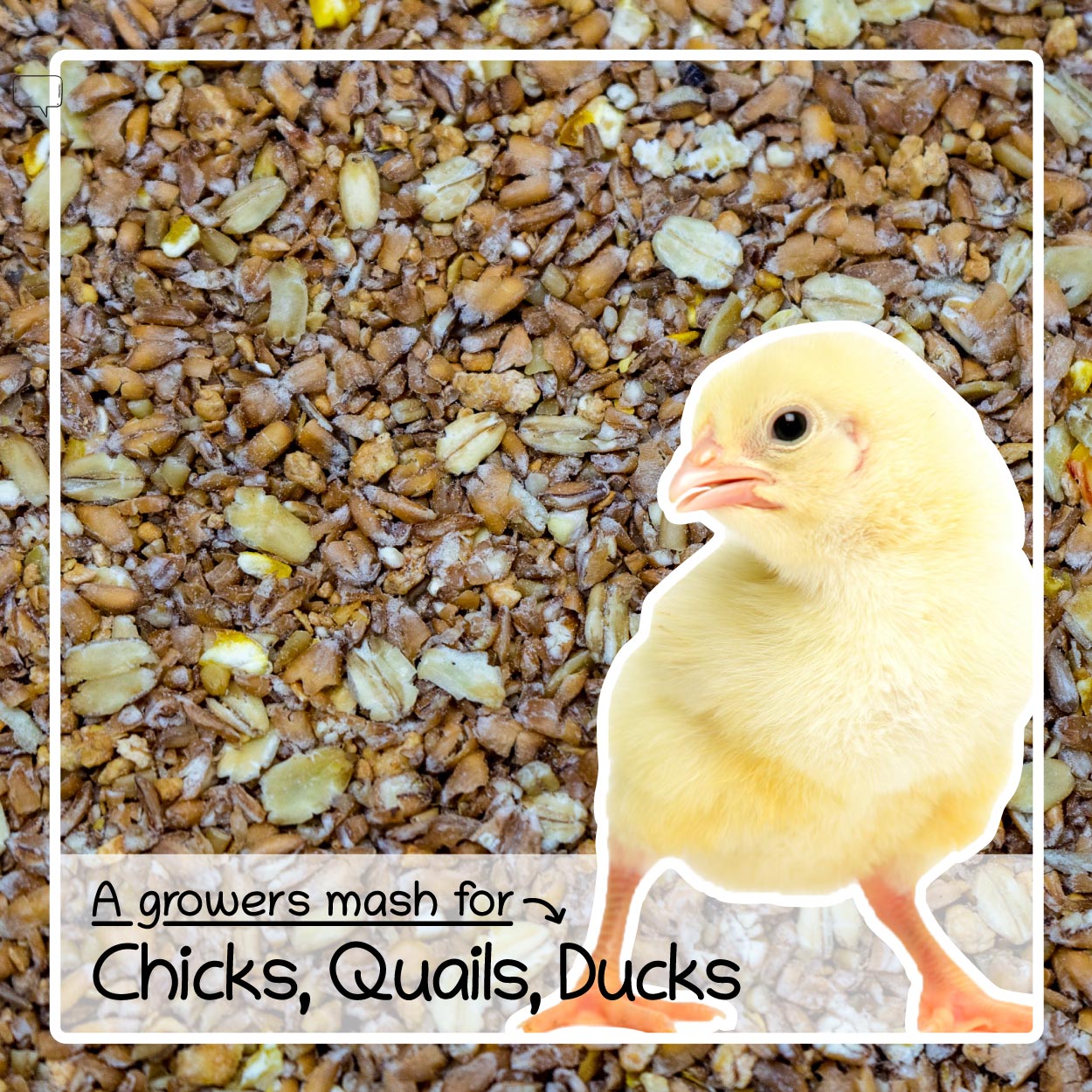
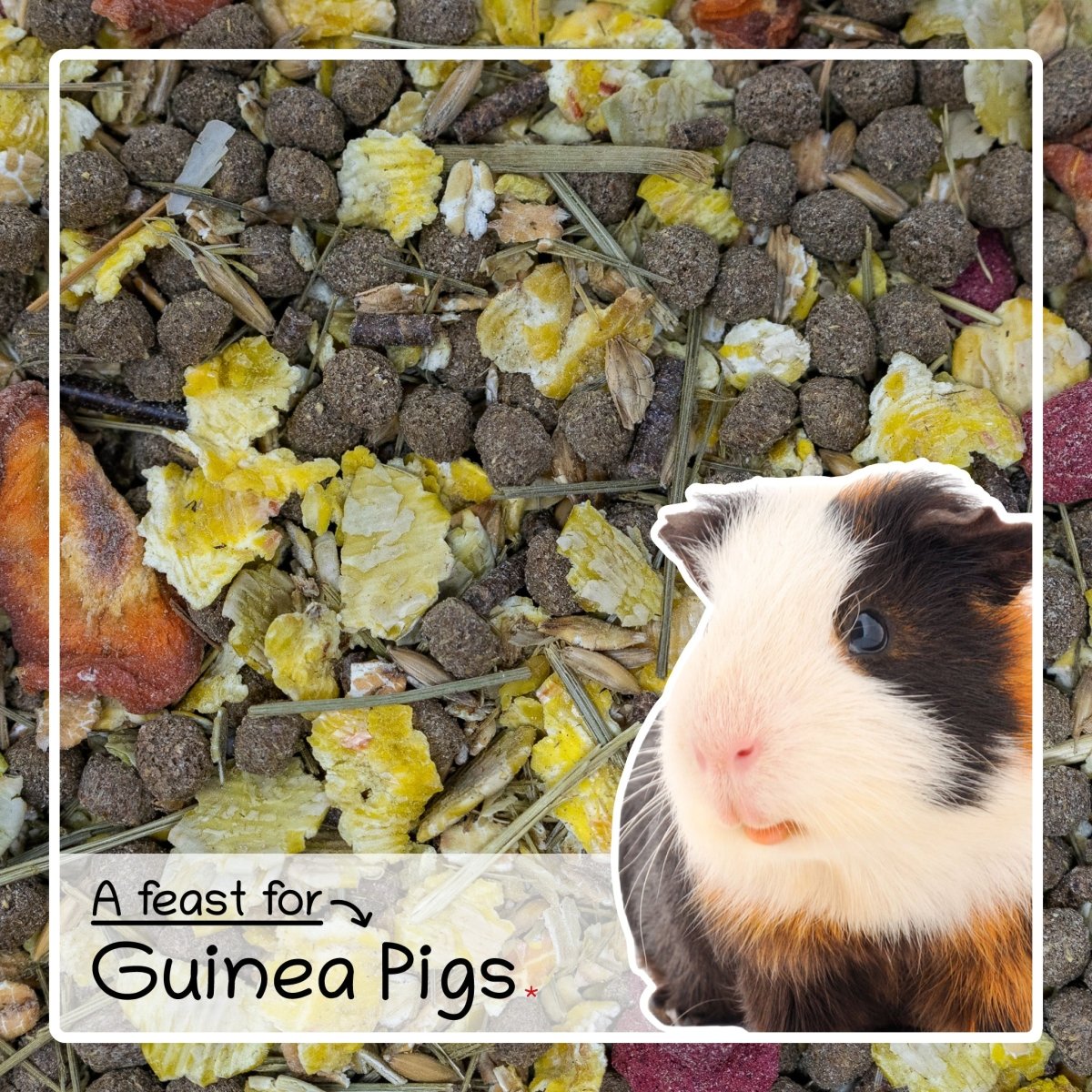
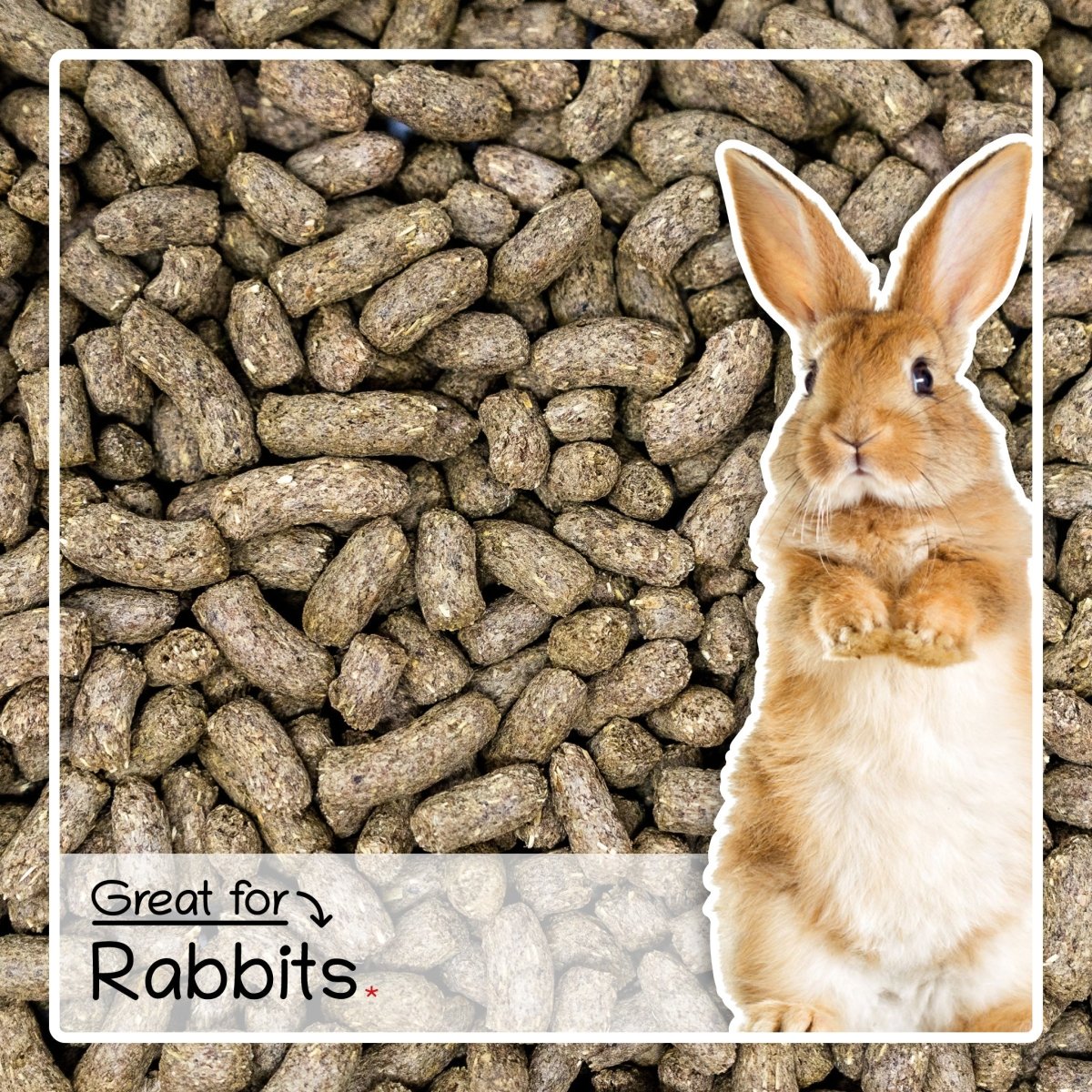
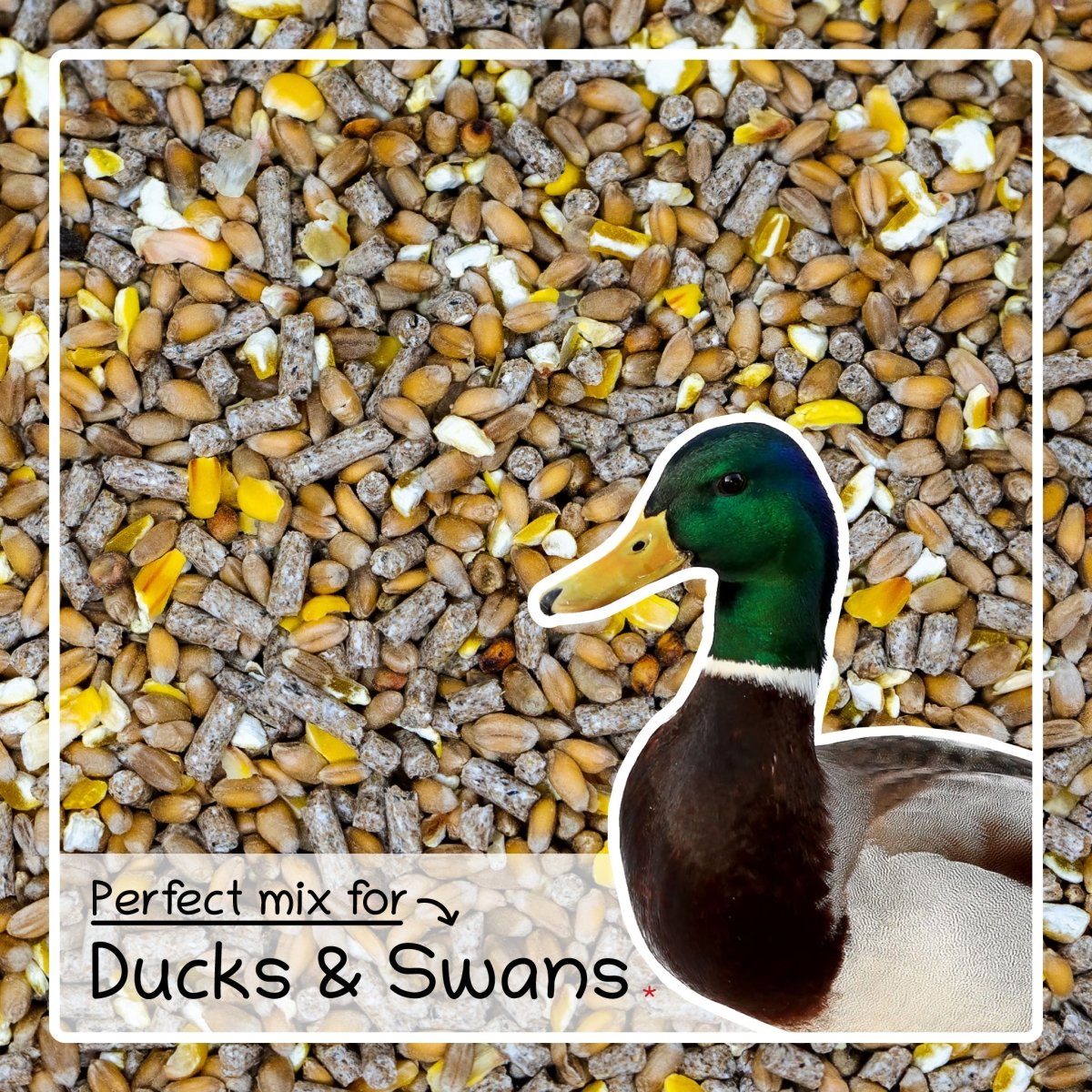
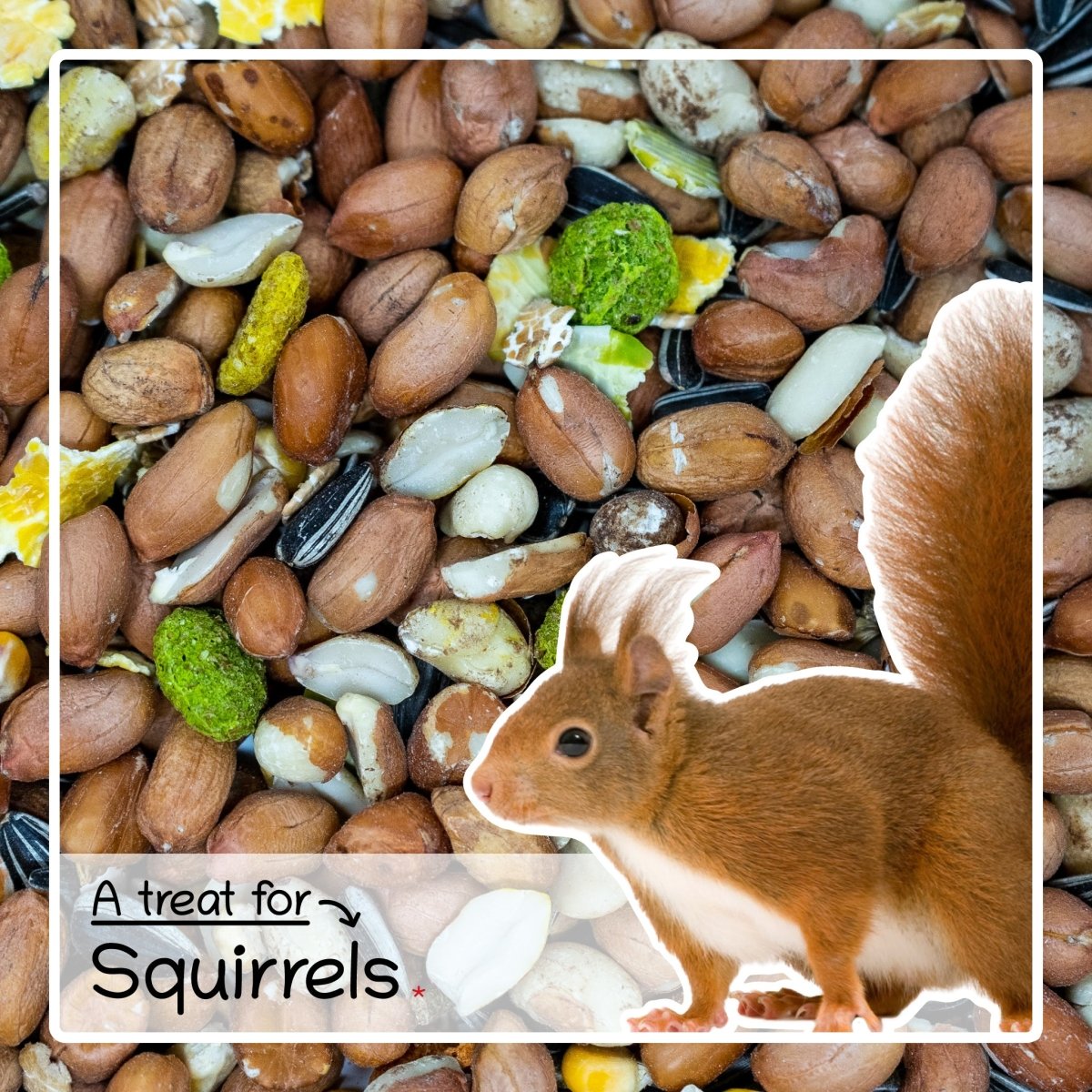


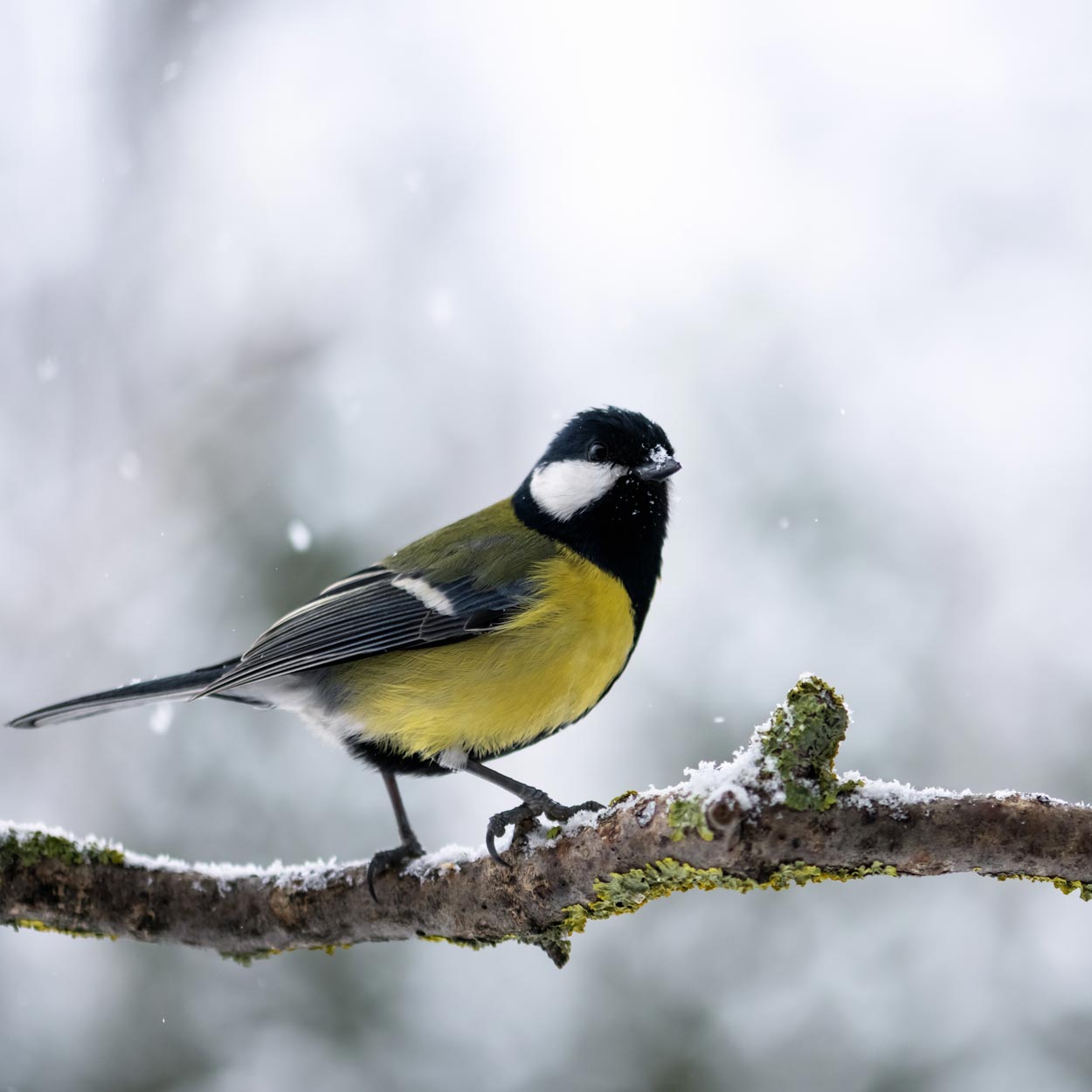
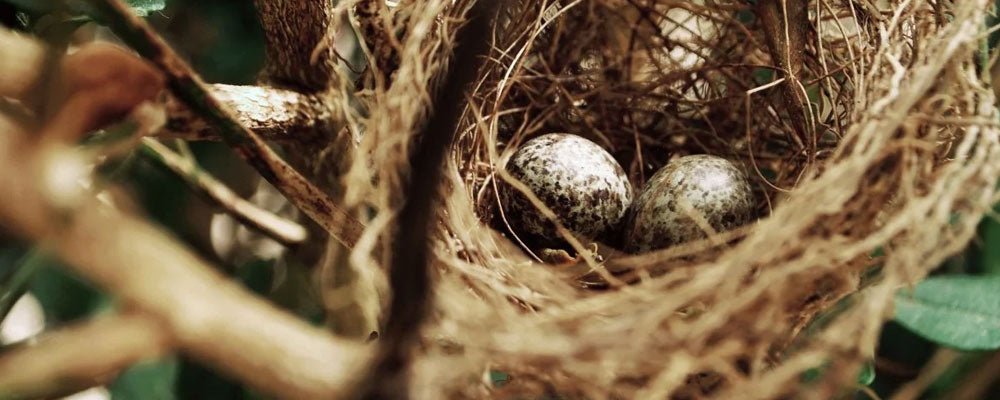
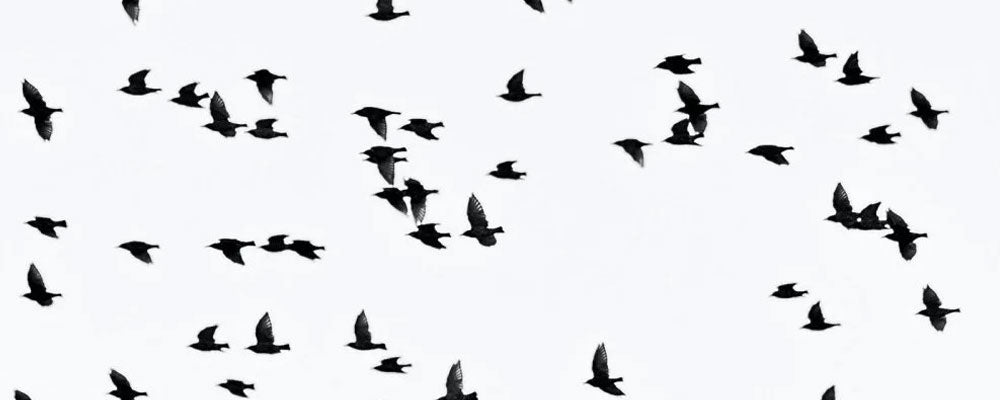
Leave a comment
This site is protected by hCaptcha and the hCaptcha Privacy Policy and Terms of Service apply.